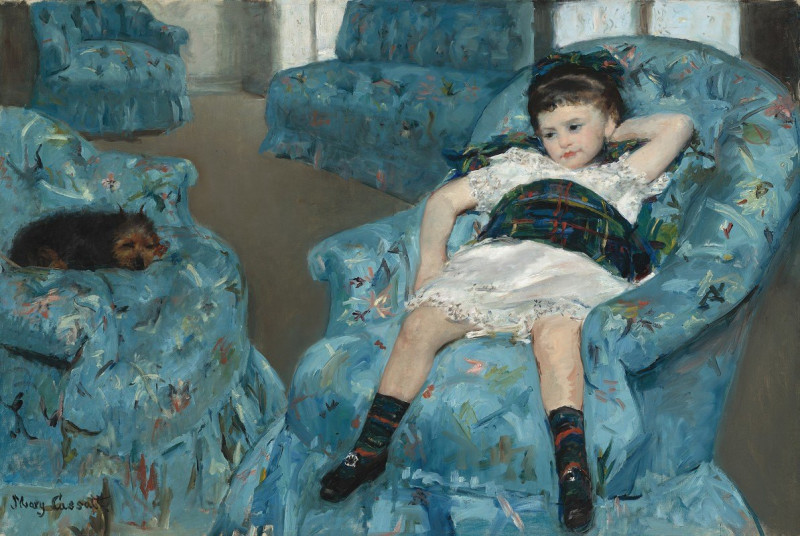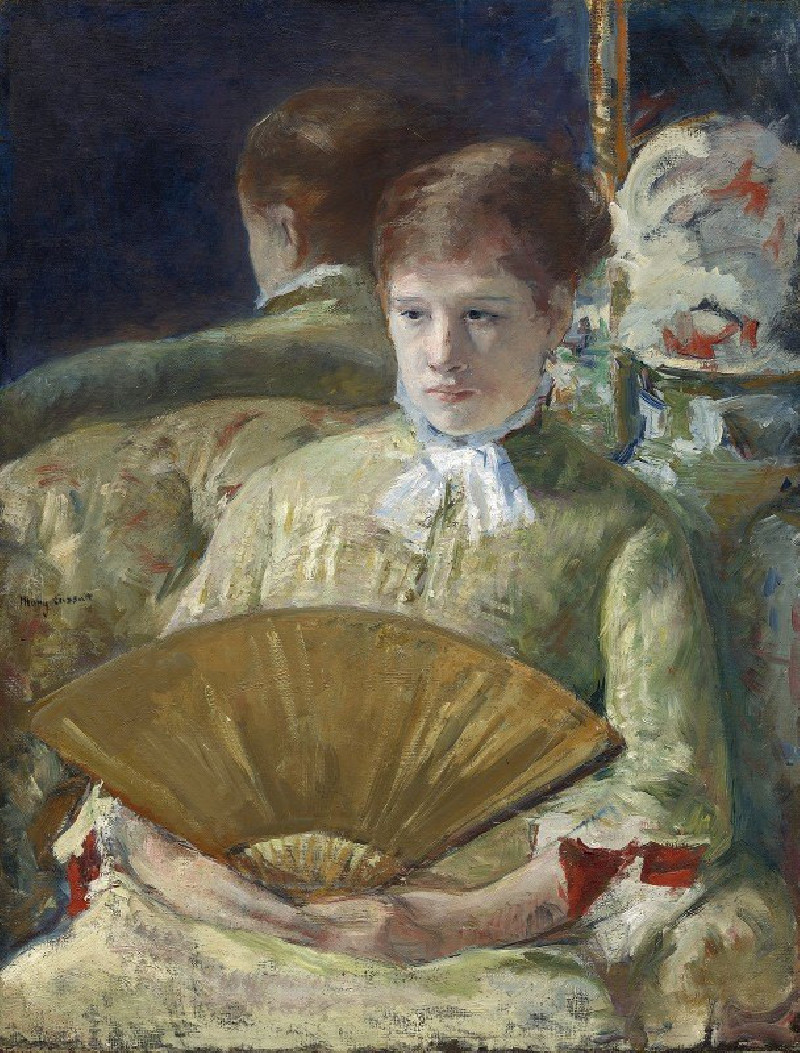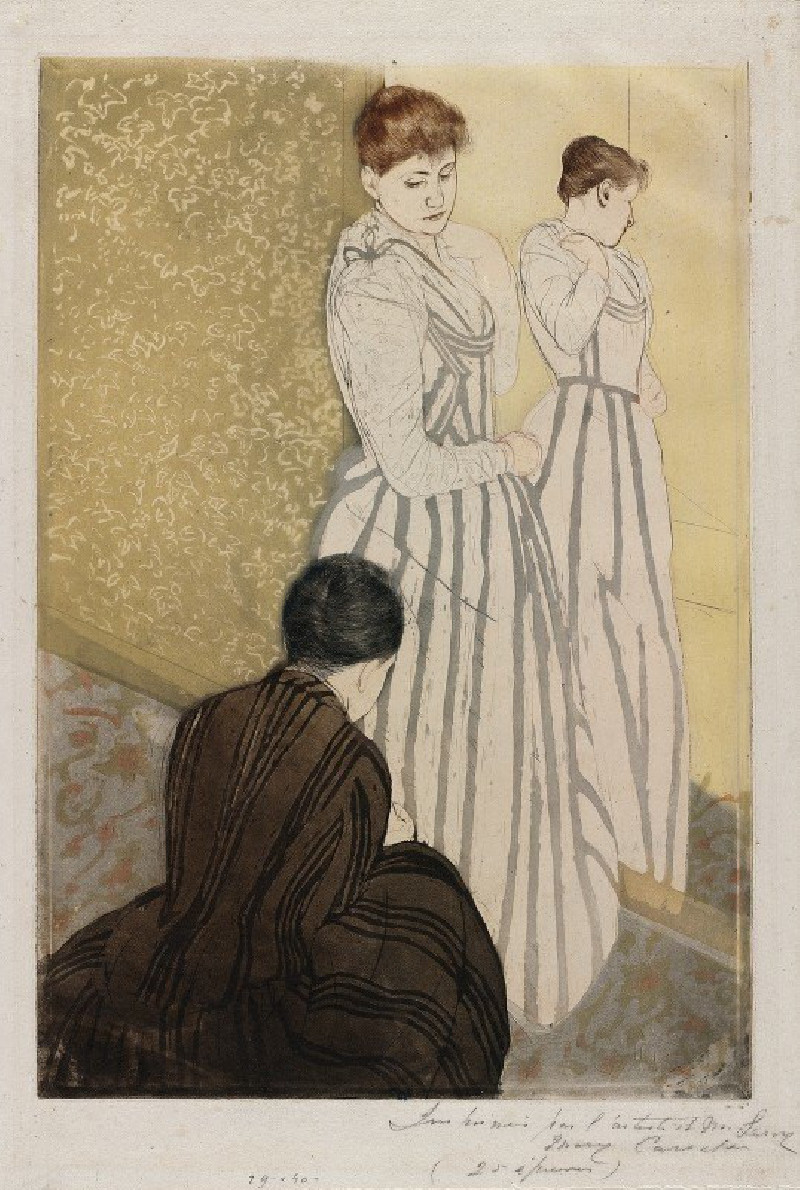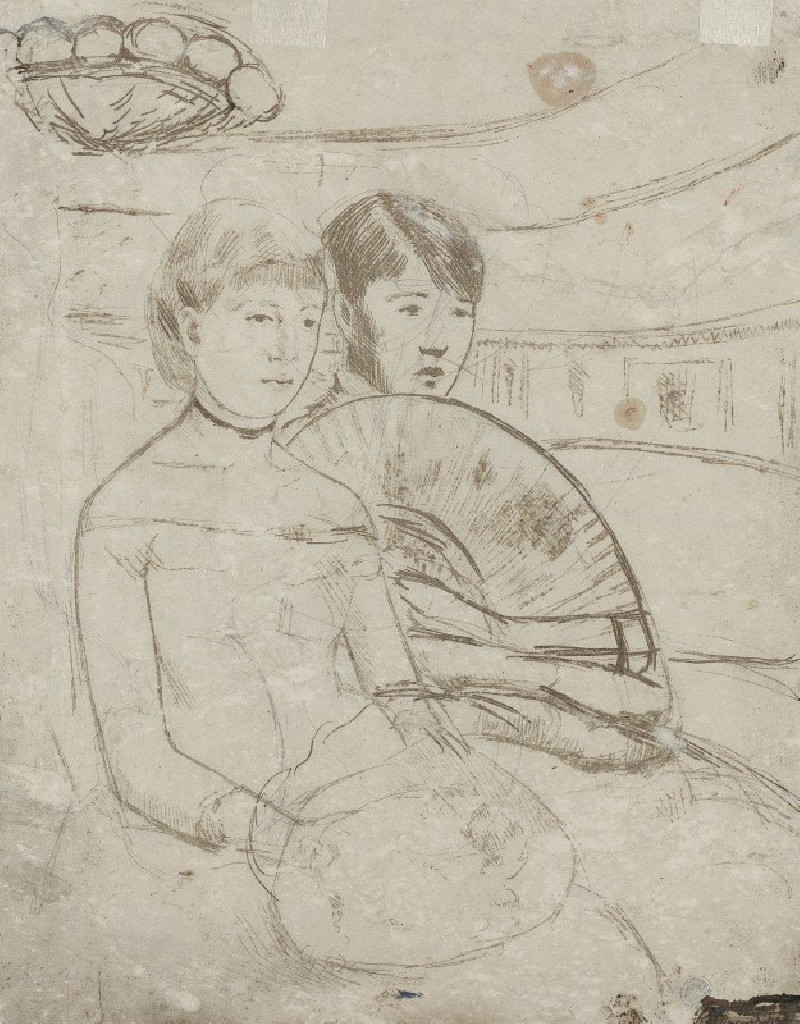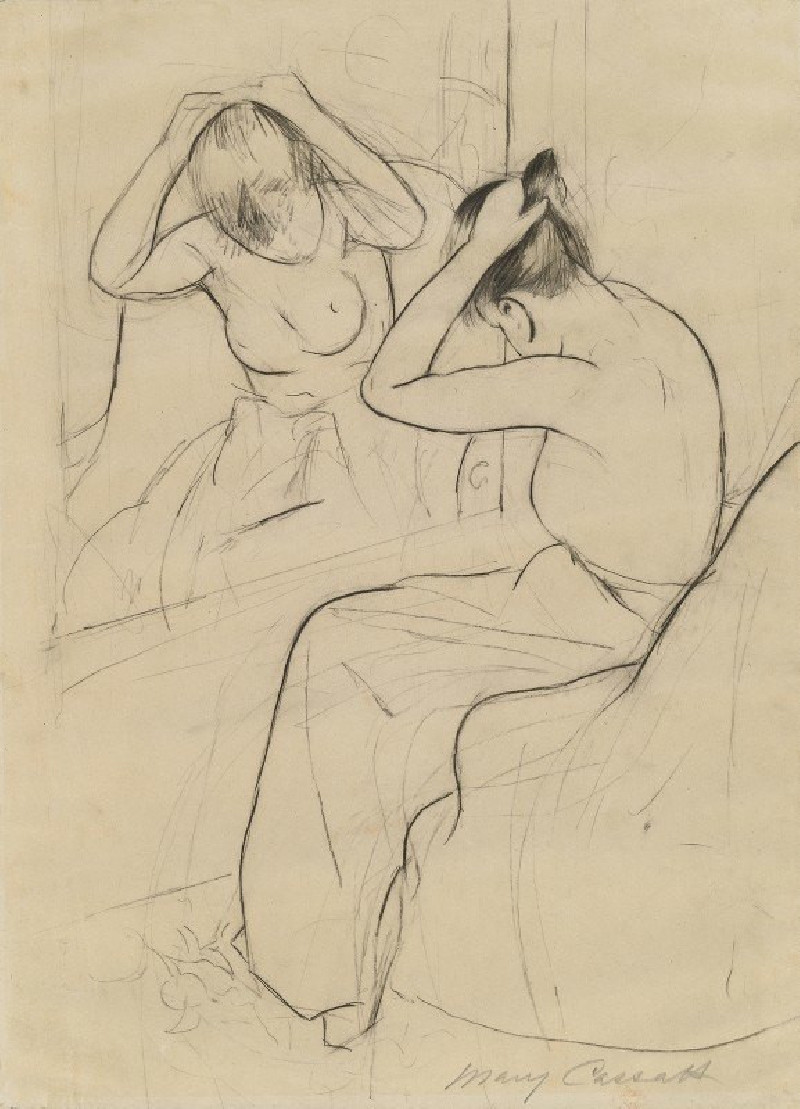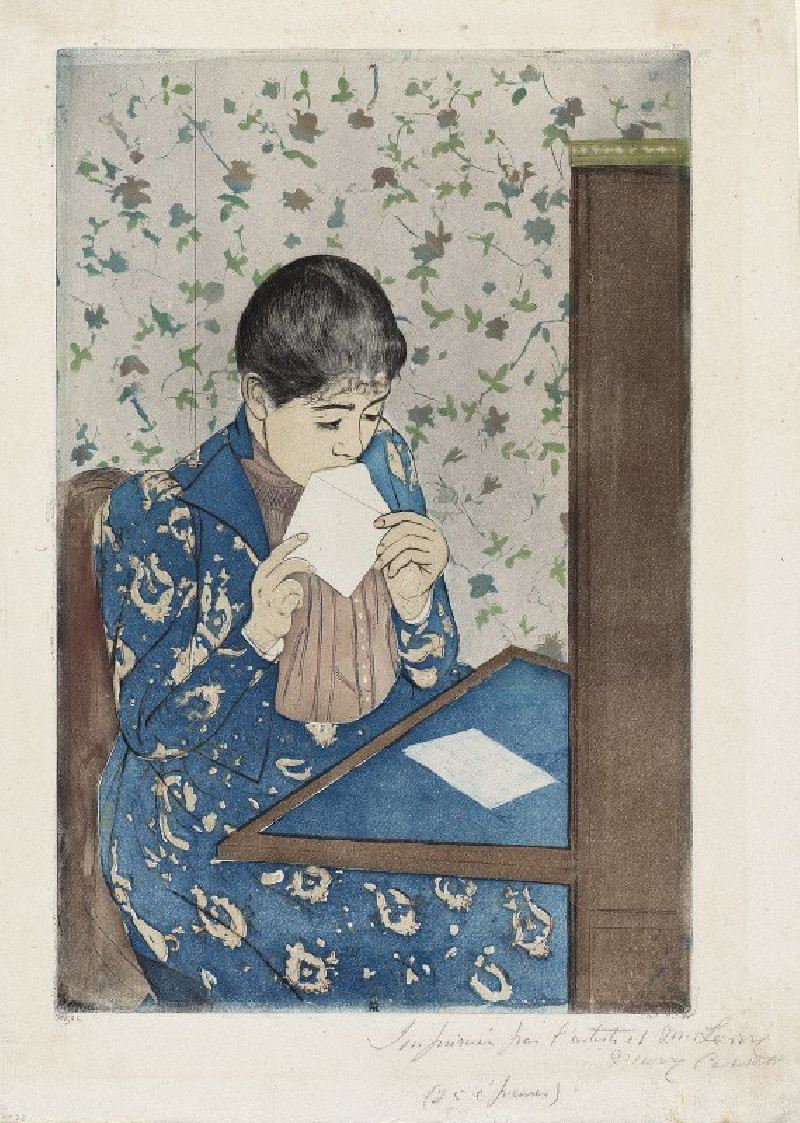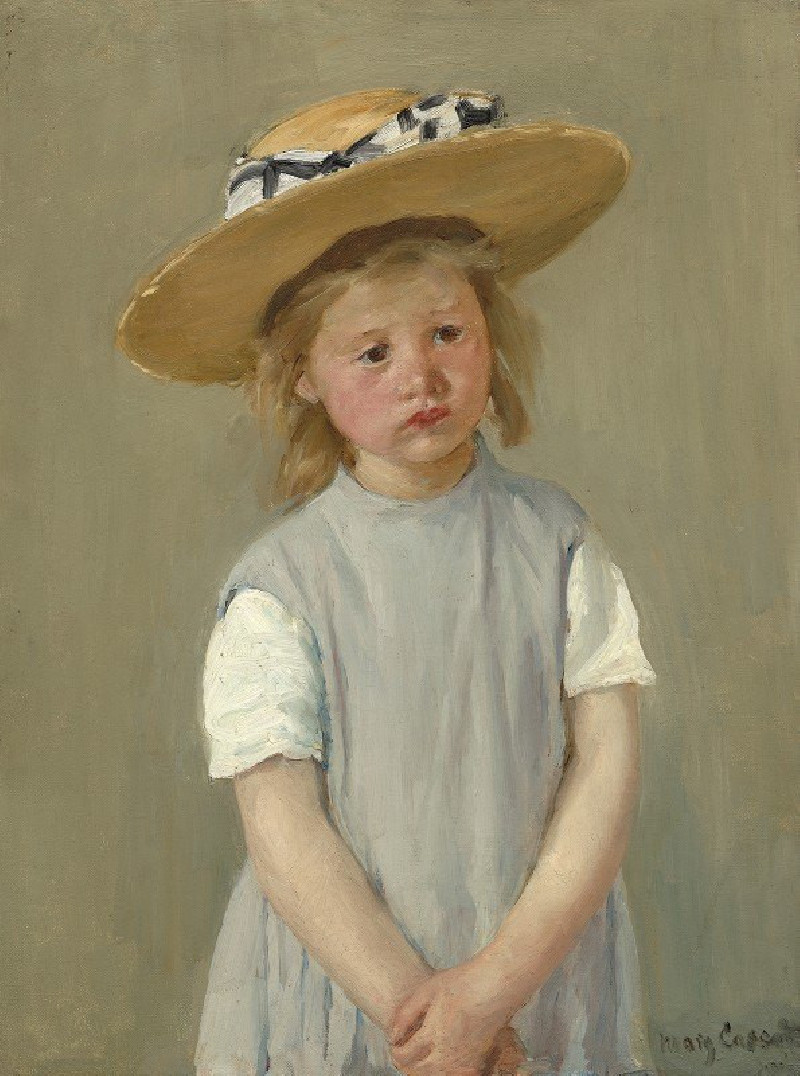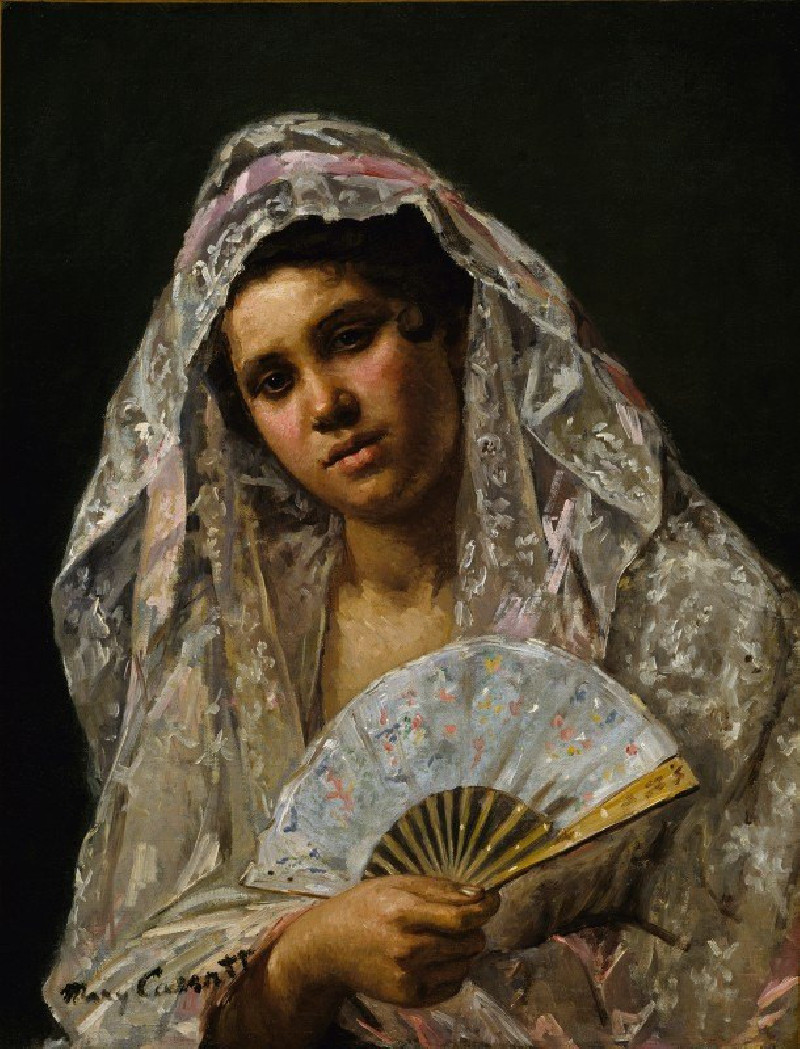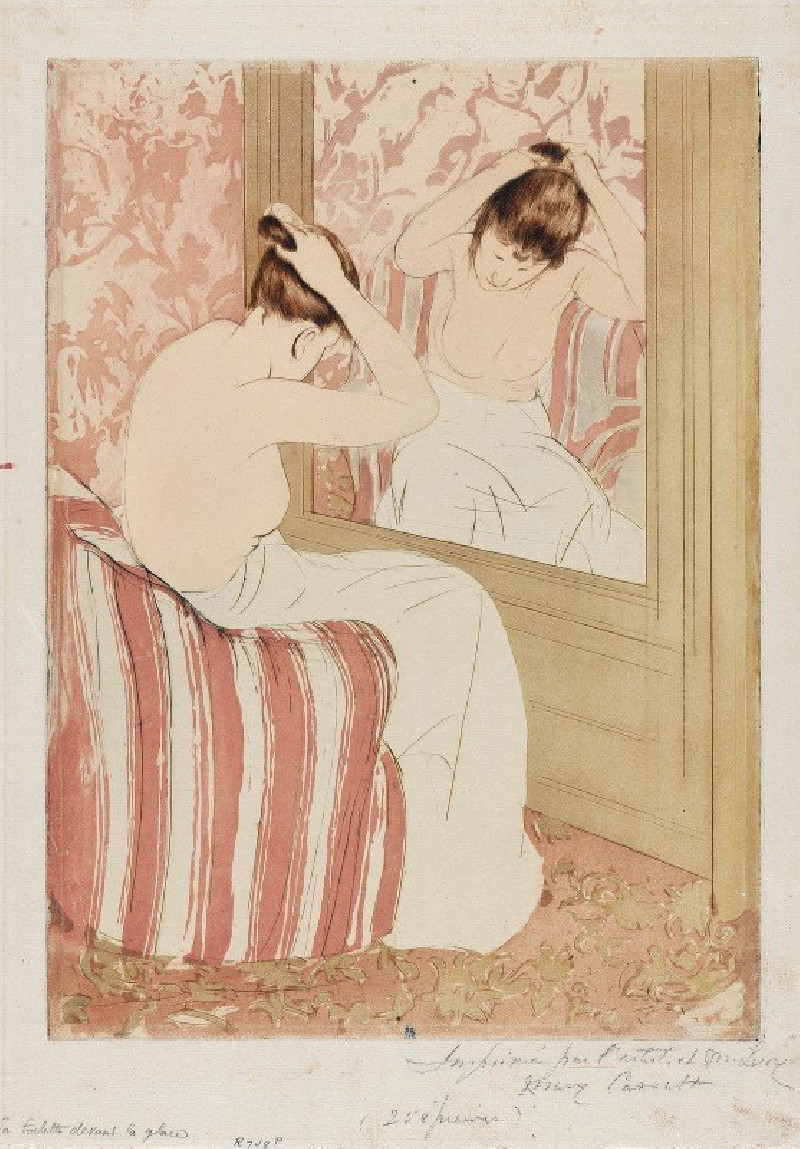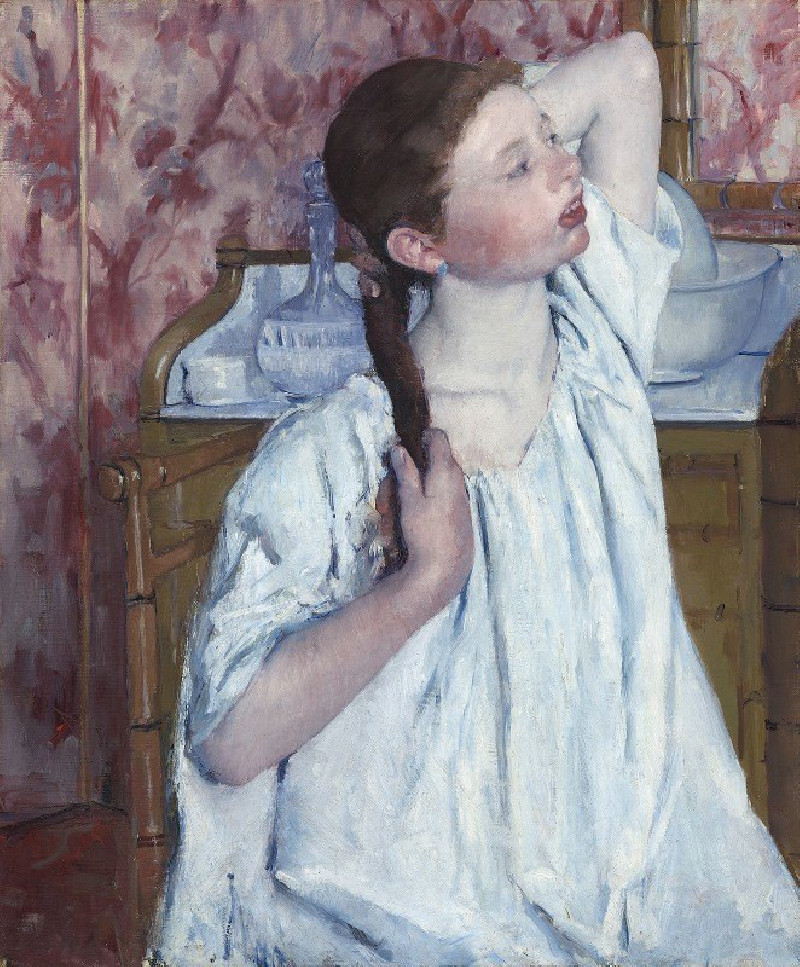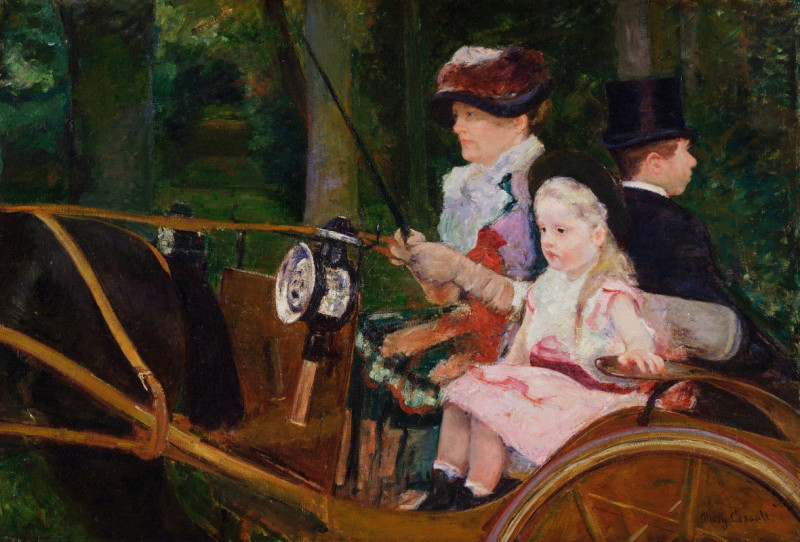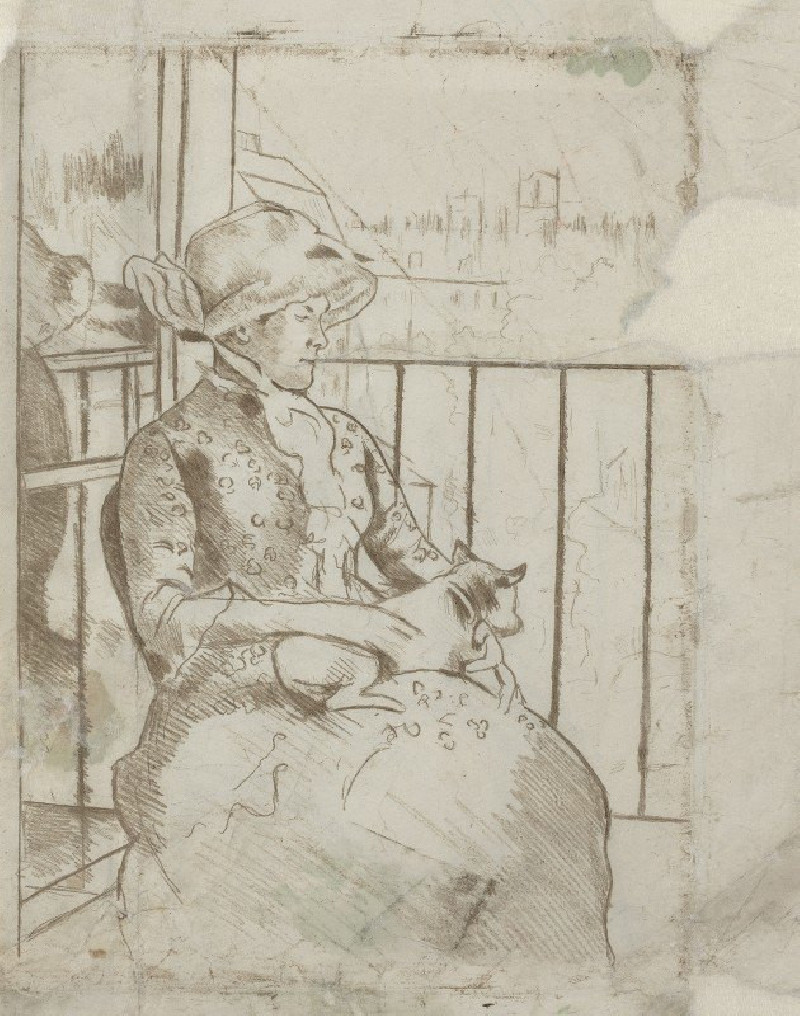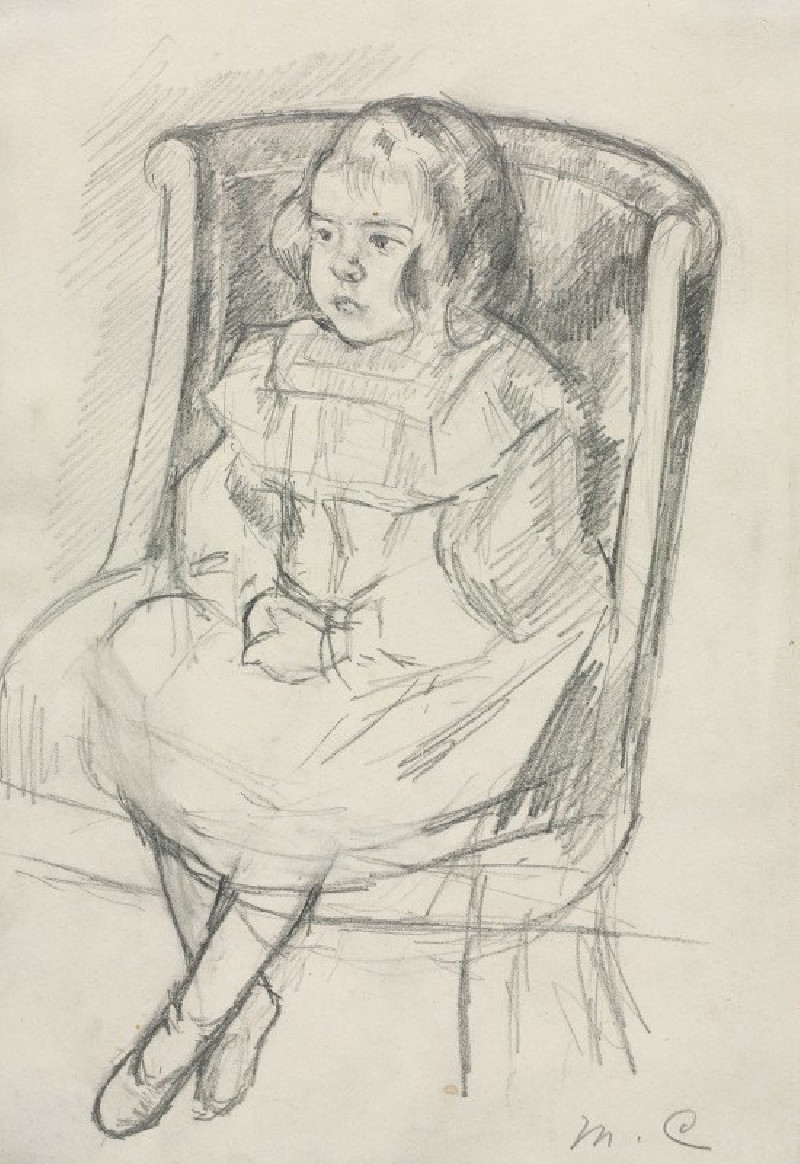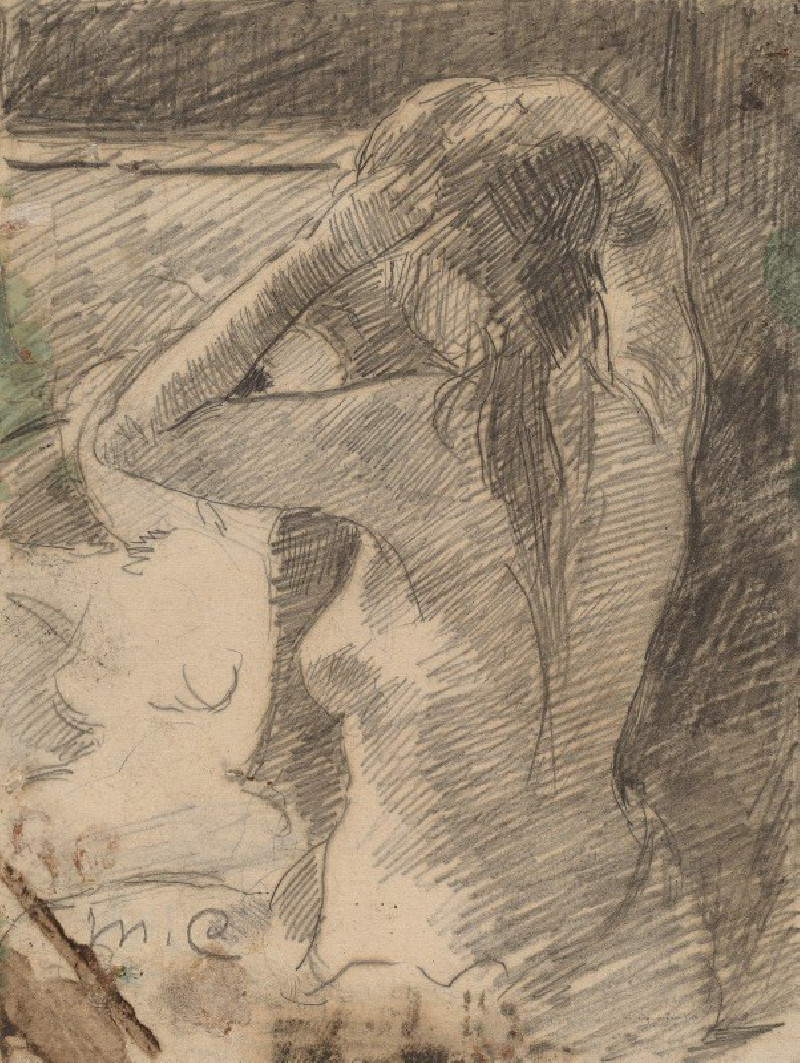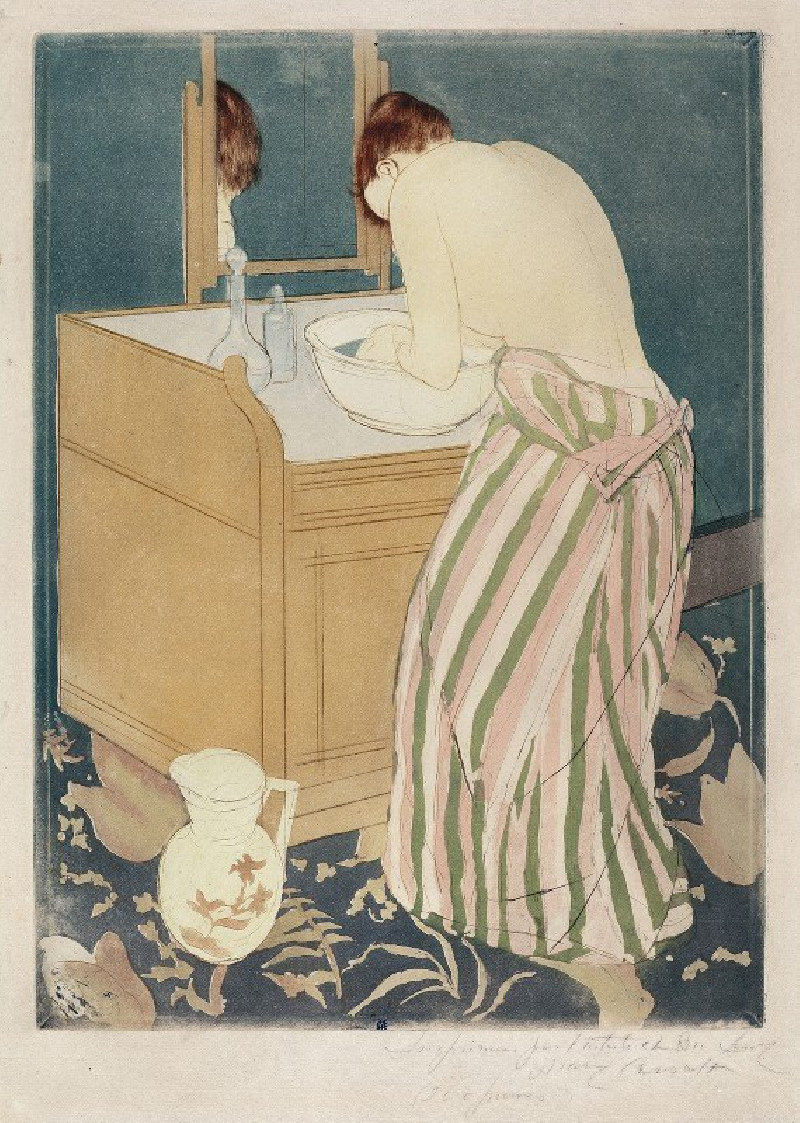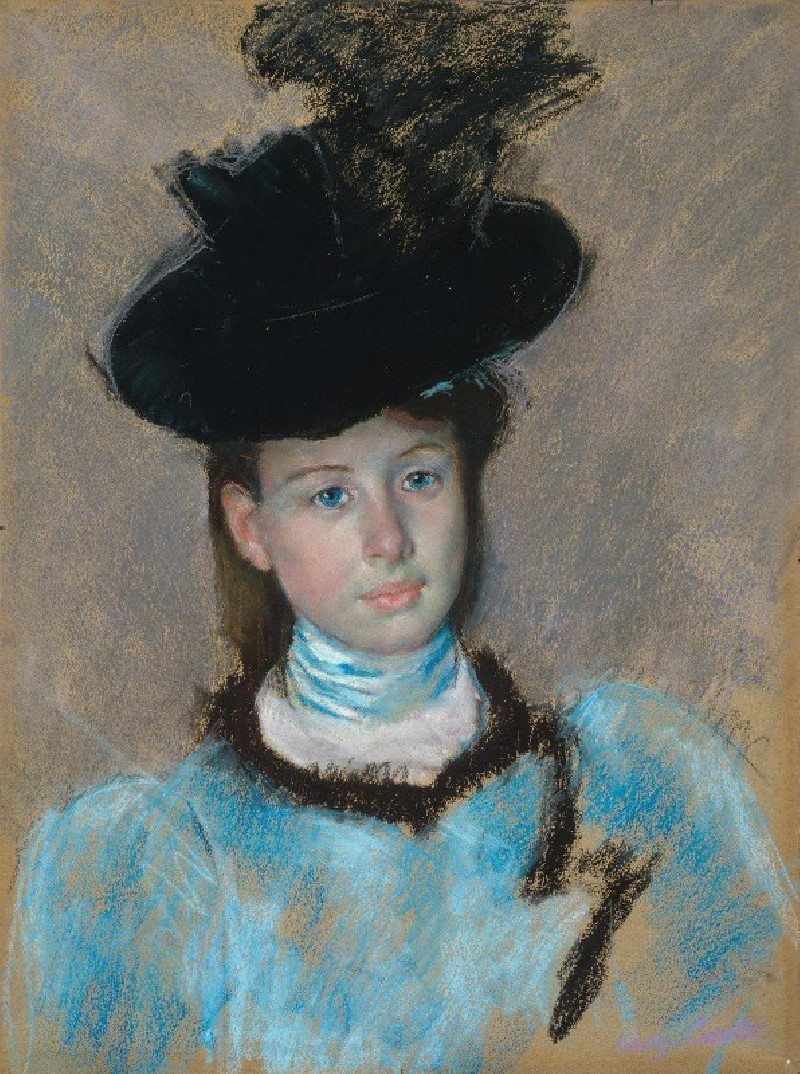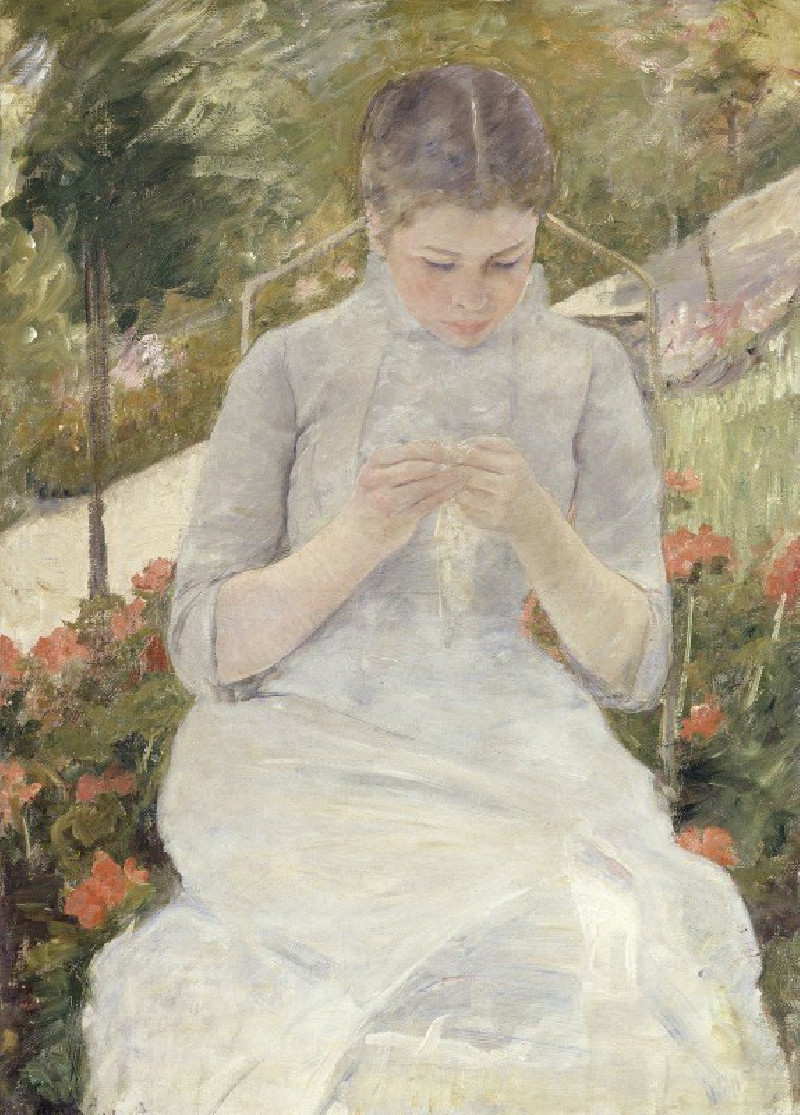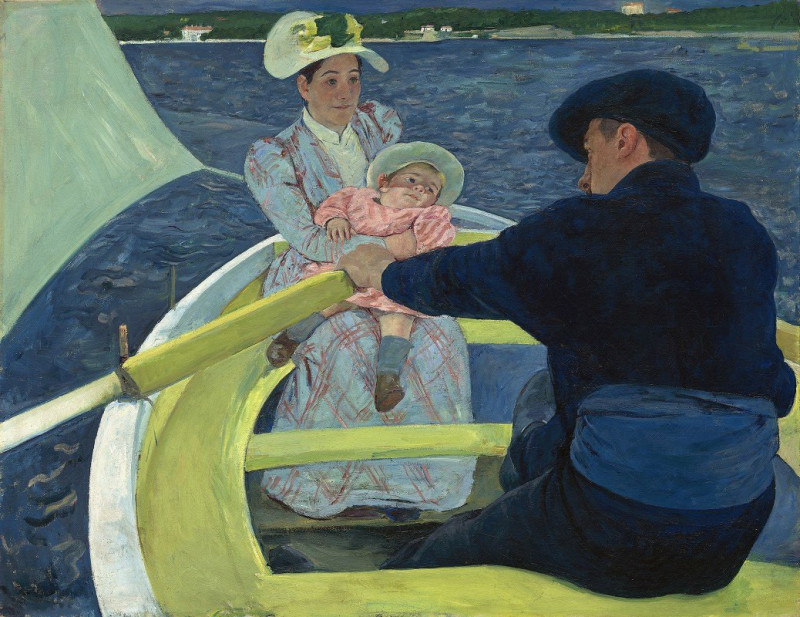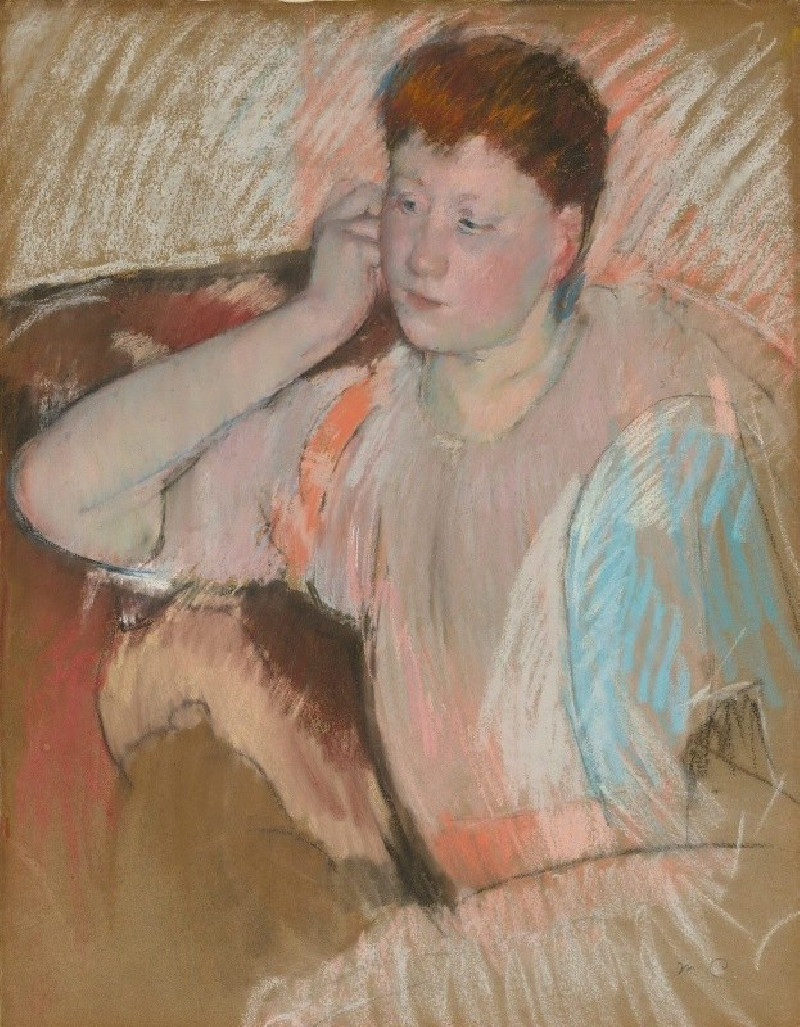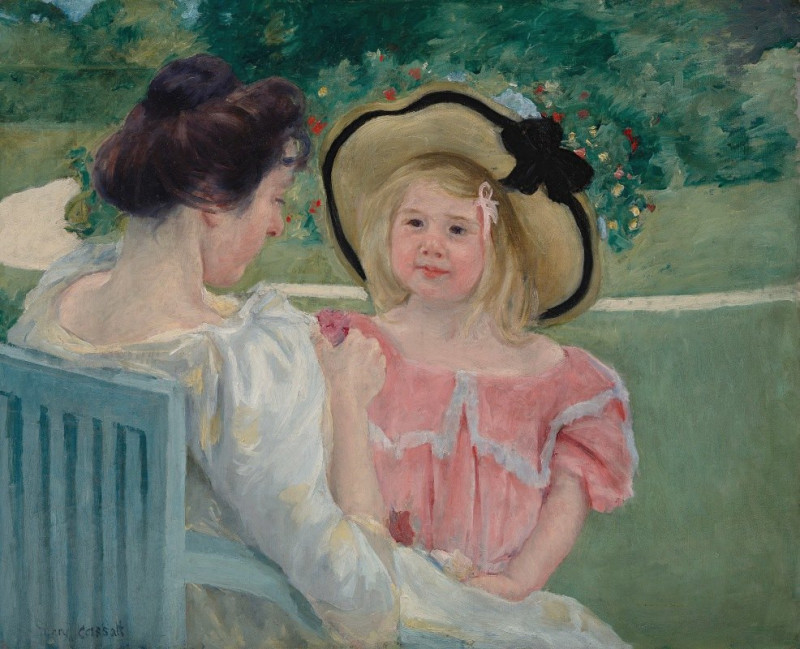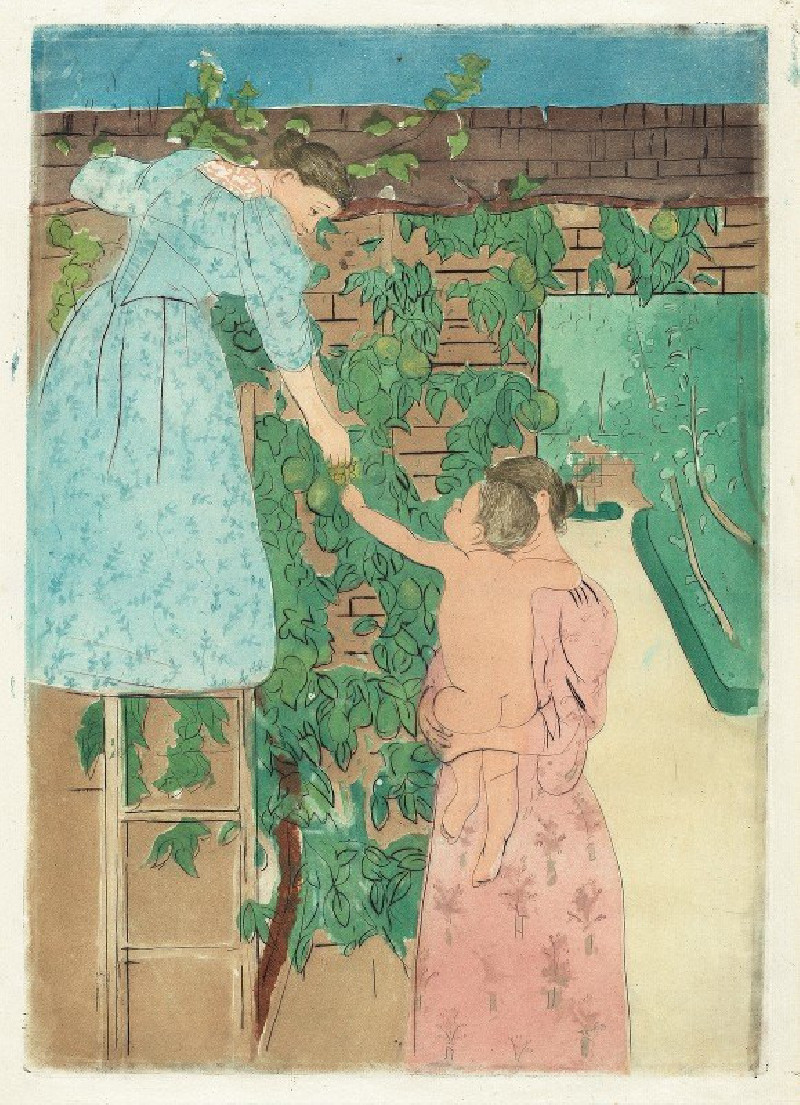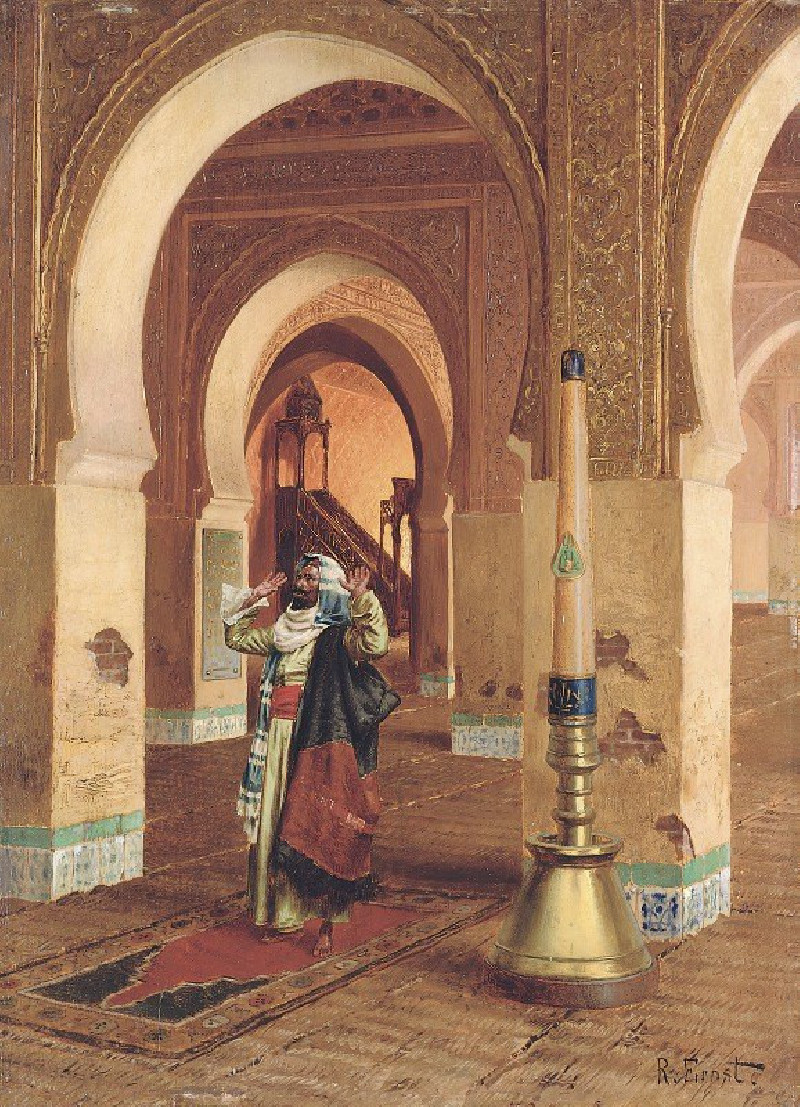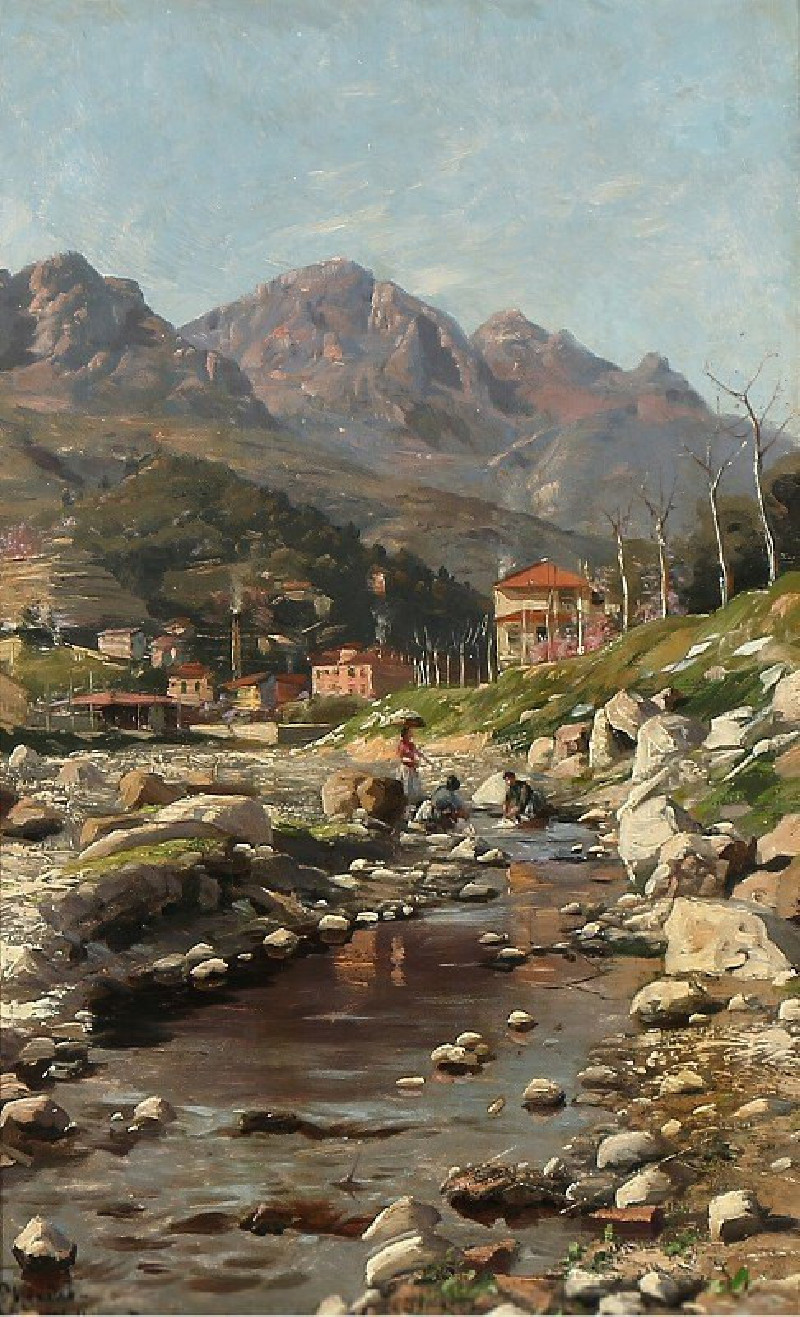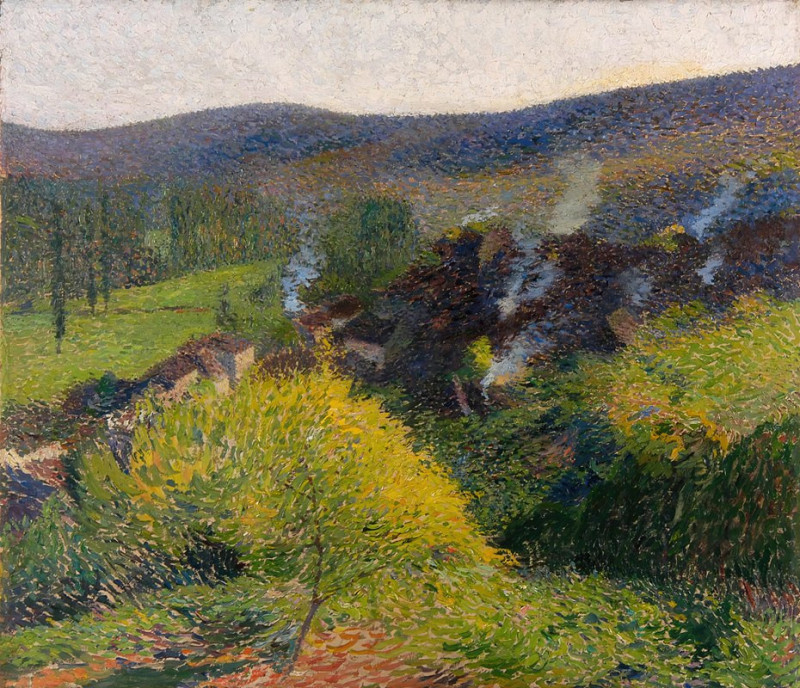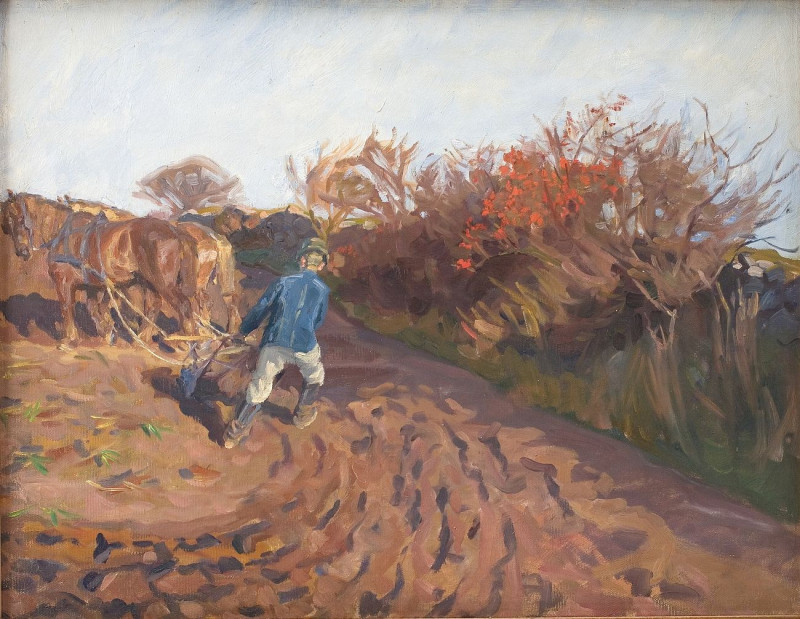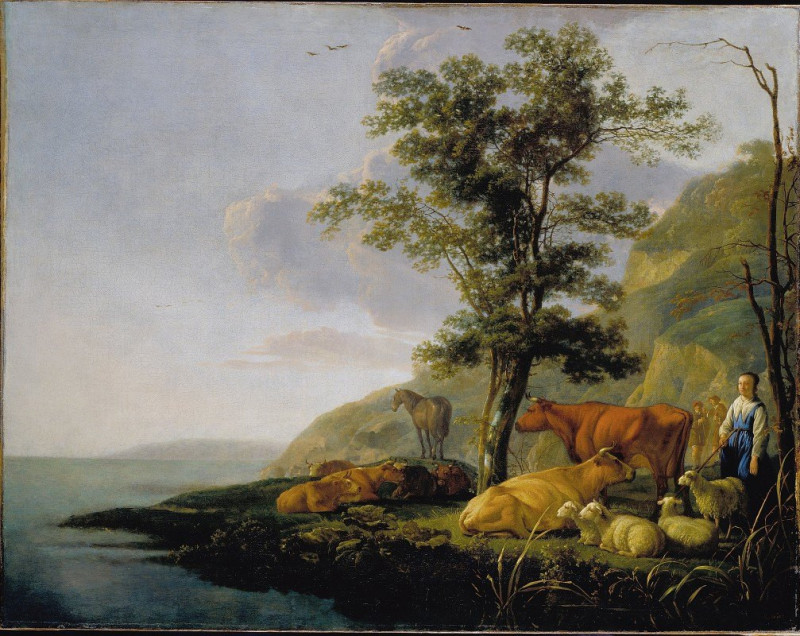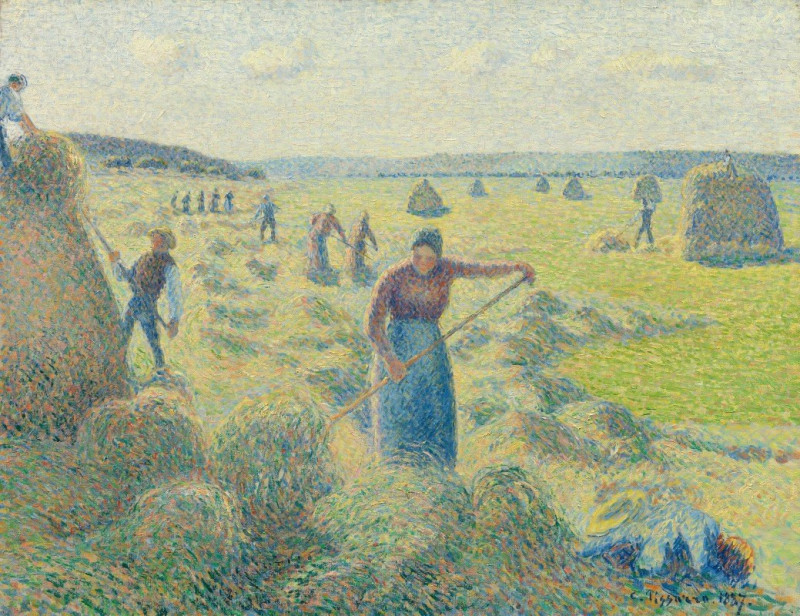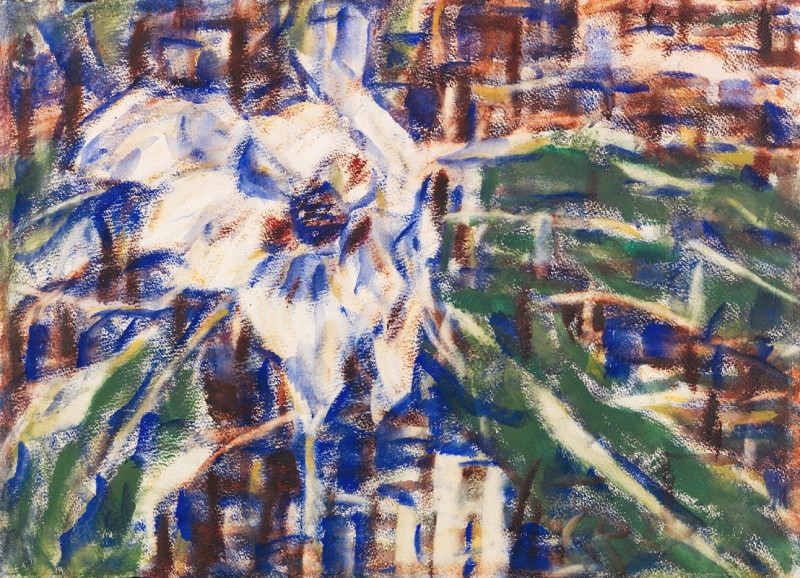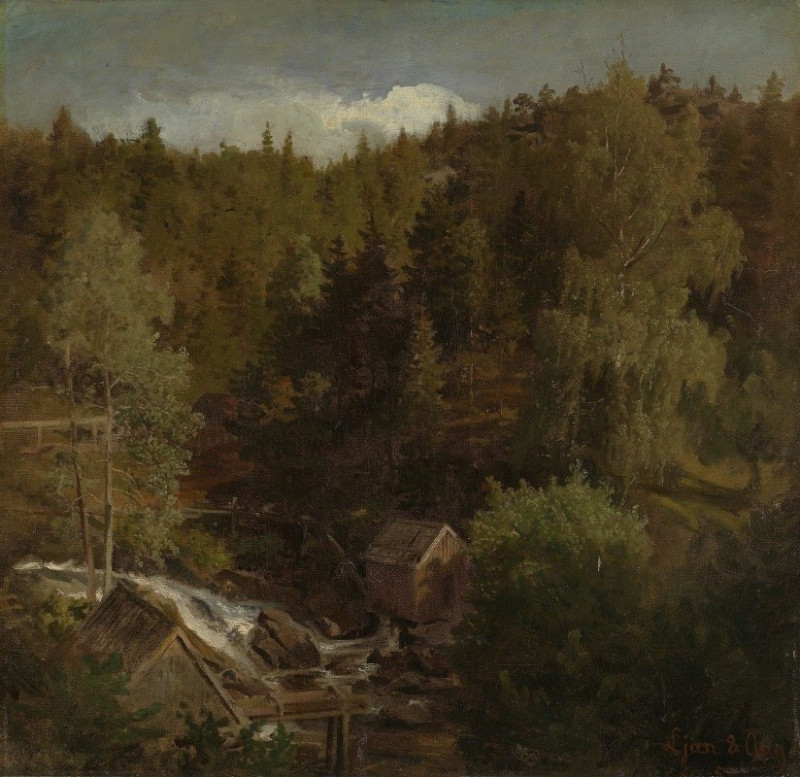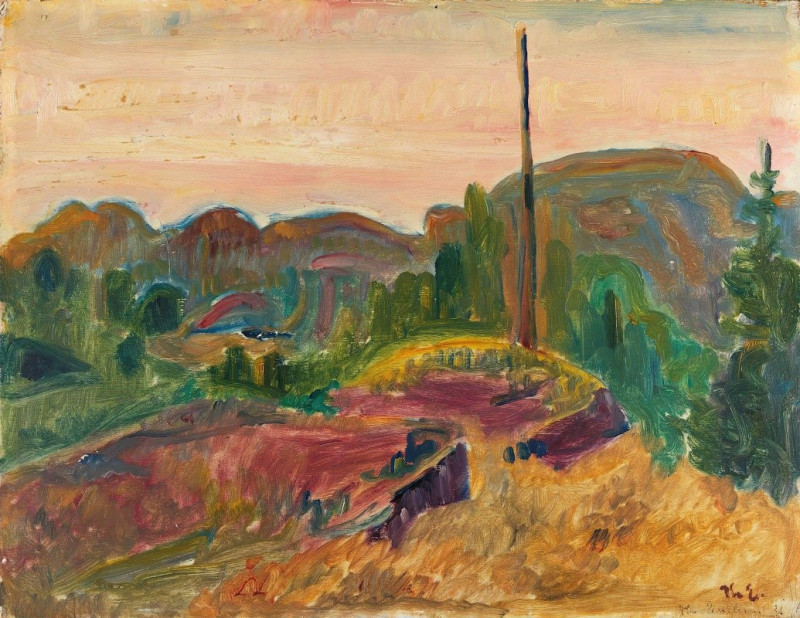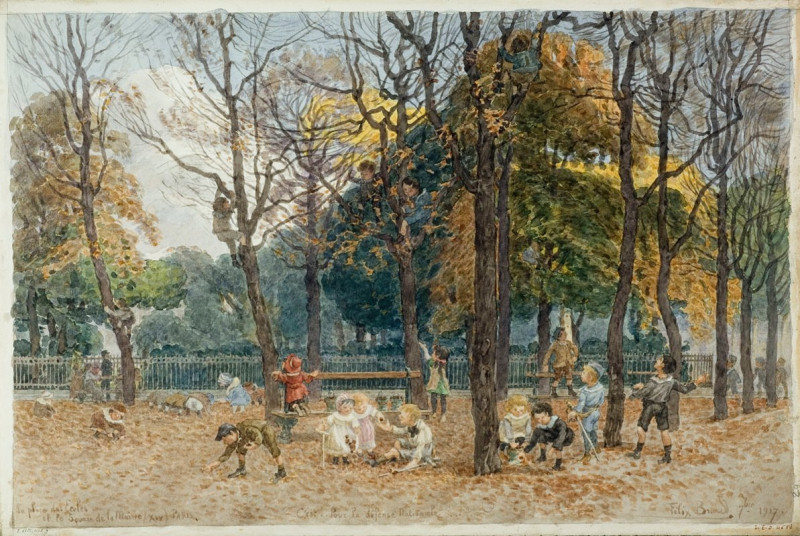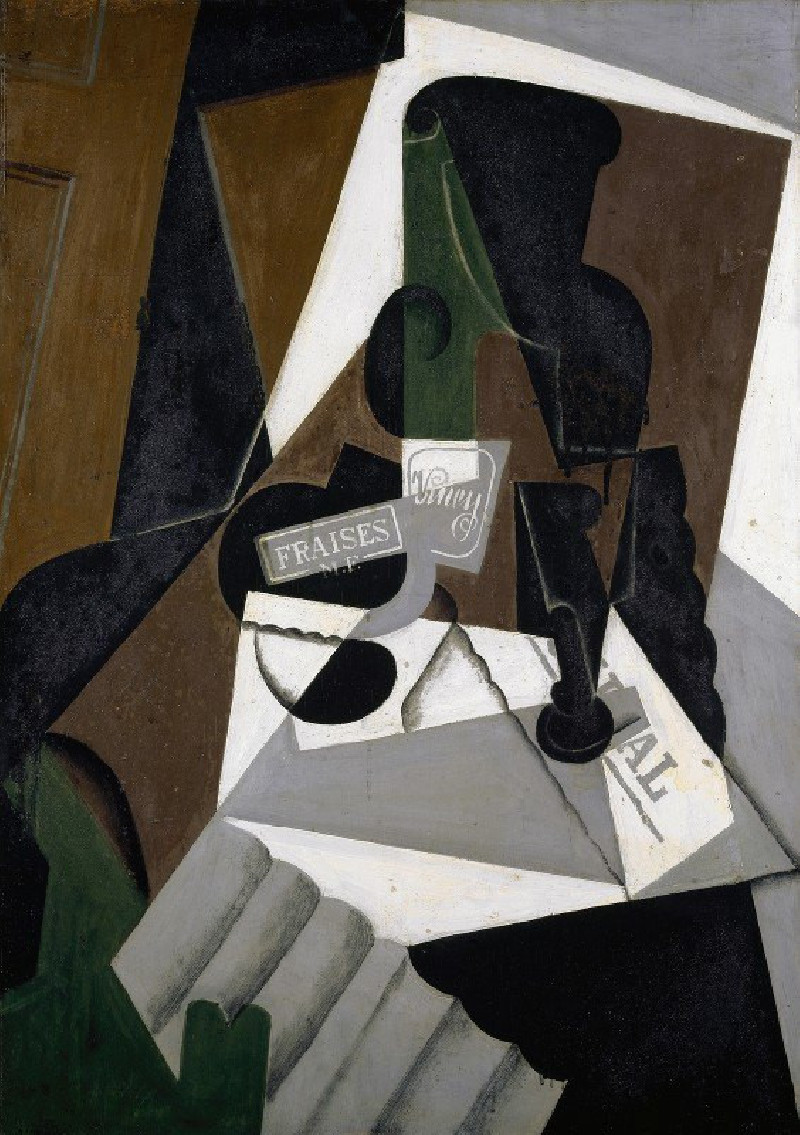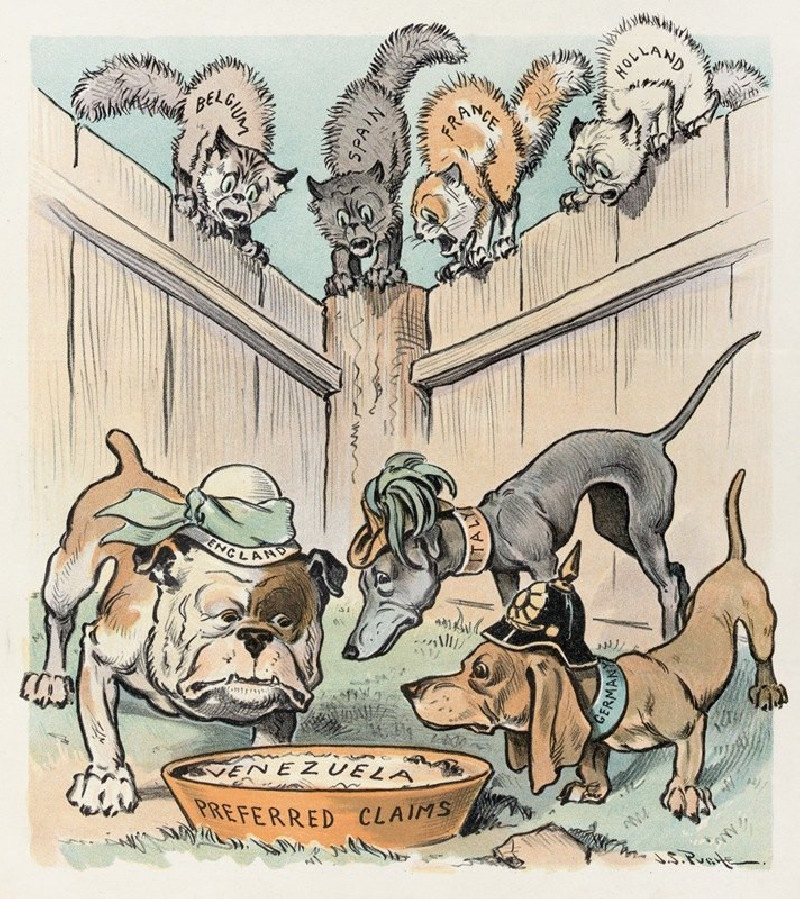Little Girl in a Blue Armchair (1878)
Technique: Giclée quality print
Recommended by our customers
More about this artwork
"Little Girl in a Blue Armchair" (1878) by Mary Cassatt captivates with its intimate portrayal of childhood repose and subtle emotional depth. This vivid artwork showcases Cassatt's adroit use of color and adept composition to convey the candid and often overlooked moments of daily life.The scene depicted in the painting is one of quietude and casual elegance. A young girl reclines broadly in a plush blue armchair, her posture relaxed yet somewhat listless, suggesting a moment of youthful ennui or rest after play. Her gaze is directed away from the viewer, lost in thought or perhaps simply savoring a moment of solitude. The dress she wears is detailed and bright, adorned with floral patterns that echo the florid design of the chairs, creating a harmonious interplay of textures and colors.Adding to the scene's domestic charm is a small dog, cozily nestled in a similar armchair nearby. This presence of the pet reinforces the painting's atmosphere of casual, everyday home life, and its inclusion in the composition adds a further layer of tranquility and companionship.Cassatt's use of light enhances the quiet but rich narrative depicted. The light filters through the room gently, illuminating the girl and her surroundings with a soft glow that highlights the blues of the armchairs and the delicate complexion of her skin. This technique not only focuses attention on the main subject but also imbues the scene with a palpable sense of the moment's quietude.
Delivery
Returns
Mary Stevenson Cassatt was an American painter and printmaker. She was born in Allegheny City, Pennsylvania (now part of Pittsburgh’s North Side), but lived much of her adult life in France where she befriended Edgar Degas and exhibited with the Impressionists. Cassatt often created images of the social and private lives of women, with particular emphasis on the intimate bonds between mothers and children.
She was described by Gustave Geffroy as one of "les trois grandes dames" (the three great ladies) of Impressionism alongside Marie Bracquemond and Berthe Morisot.In 1879, Diego Martelli compared her to Degas, as they both sought to depict movement, light, and design in the most modern sense.

